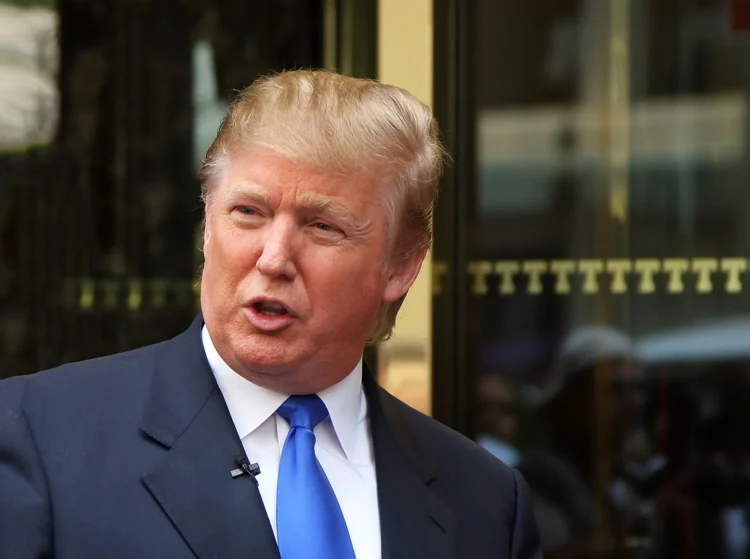By Aaron Miller-
FBI agents found empty folders marked with classified banners among more than 11,000 government documents and photographs when they searched Donald Trump’s Mar-a-Lago home last month, according to the US Justice Department.
US District Judge Aileen Cannon had ordered the Justice Department to file under seal an inventory of items seized which were more detailed than the search receipt already has been made public.
A redacted list of property seized was made public after the search, and the Justice Department filed a complete, unredacted version under seal this week.
The inventory unsealed by the federal judge presiding over the former president’s request to get a so-called special master to determine what materials the justice department can use in its investigation.
The details were revealed in a more detailed inventory of the seized material made public by the department.
It describes in general terms the contents of 33 boxes taken from the former president’s Florida home during the search on 8 August.
The empty folders carried one of two designations, according to the inventory: some files had “Classified” banners, while other files were labelled “Return to Staff Secretary/Military Aide”, appearing to indicate that highly sensitive documents were not returned as designated.
The discovery reveals that some of the US government’s most closely guarded secrets may still be unaccounted for,
Newspapers, magazines, and other items were intermixed with documents that investigators have said were marked as classified and top secret.
The Justice Department said there was no secure space at Mar-a-Lago for such sensitive government secrets, as it continues its criminal investigation focused on whether he illegally retained national defence information and top secret classified documents.
The justice department added in the status report that it intended to use all evidence about the documents, including their nature and their location, to inform the criminal investigation examining potential obstruction and potential violations of the Espionage Act.
Federal agents also seized thousands of government documents , some of which had classification markings ranging from “Confidential” to “Top Secret”, and others that appeared to be presidential records – as well as hundreds of newspaper and magazine clippings from 2008 to 2020, gifts and clothes, the inventory showed.
Item number 26 , which was described by the Justice department as a “Box/Container from Storage Room” – included, for example, eight press clippings from 2017-2020, three documents marked “Top Secret”, an article of clothing, a book, and 1,841 government documents or photographs without classification markings.
The chaotic and wide-ranging contents of the boxes reflected previous reporting by the Guardian and others that the West Wing and the White House residence was packed up in a hurry, and in haphazard fashion, during the final days and hours of the Trump presidency.
The justice department said in a state report that although it had completed an initial review of the materials, its full review process was ongoing.
“The seized materials will continue to be used to further the government’s investigation, and the investigative team will continue to use and evaluate the seized materials as it takes further investigative steps, such as through additional witness interviews and grand jury practices,” it read.
The justice department added in the status report that it intended to use all evidence about the documents, including their nature and their location, to inform the criminal investigation examining potential obstruction and potential violations of the Espionage Act.




